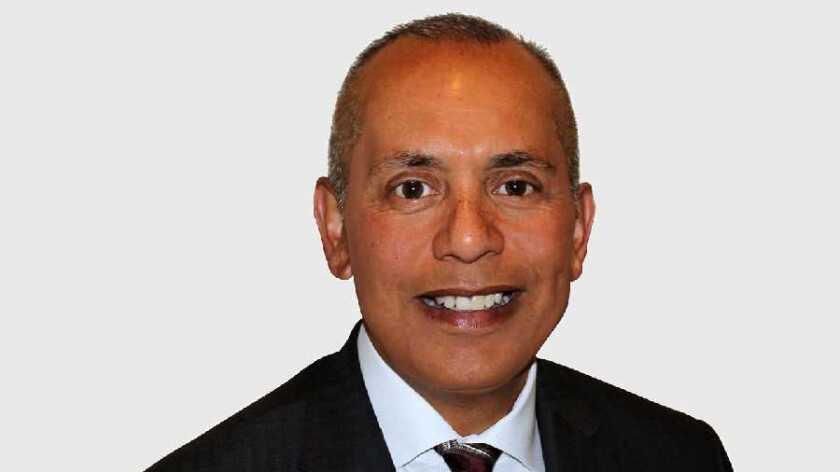Ernie Ortega, CEO of GTT, describes the recently completed $2.1 billion sale of its infrastructure assets to I Squared Capital (excluding its pan-European enterprise business formerly from Interoute and its thousands of customers) as “GTT getting back to its roots and core competencies”.
“We have always characterised ourselves as an asset-light business model,” he says. “That doesn’t necessarily mean by divesting ourselves of the infrastructure business, because we still have a Tier 1 IP backbone.”
This, coupled with the company’s flagship SD-WAN product, among other offerings, means that GTT 2.0 is well placed to meet the demands of “high-end global enterprise customers”.
Confirming that the company’s global footprint will remain the same post-sale, Ortega says that GTT “will connect any location, anywhere in the world” for that global enterprise segment.
Reflecting on what went wrong with GTT’s previous strategy, Ortega explains that despite agreeing “the execution of our M&A roll-up strategy was flawless”, the misstep was in not having an “effective operating model that was developed and/or implemented once all those acquisitions were put together”.
“There were a lot of disparate systems, processes, policies, disciplines and so on that one large company just couldn’t adhere to or couldn’t comply with,” he adds.
Despite having a clear focus on its business fundamentals for the time being, Ortega won’t rule out any future M&A activity to augment the company’s business strategy, saying: “I would never say no to M&A activity.”
As announced earlier this year, GTT said in a filing that once it has closed the sale to I Squared Capital it will file a pre-packaged chapter 11 case with the US Bankruptcy Court for the Southern District of New York.
Ortega says that process is due to commence within the next 30 days (as of September 20 2021) and there is a solicitation period.
“We expect to enter our filing probably around this time in October, and because we are going in with a consensual deal with our credit constituency we will get through this process quickly.”
While GTT’s creditors will become its major shareholders, initial conversations indicate they are very much with the new GTT 2.0 roadmap – and the strength of the leadership team that has come in means that Ortega will “be here as long as they have me”.
Annualised sales for the business, based on pre-audited numbers, are predicted to reach an estimated annual revenue in 2021 of $1.24 billion, excluding the year-to-date revenue of the infrastructure division.
As for the yet-to-be-filed annual and quarterly results from 2020, Ortega reiterates that the company is still working on them because “our previous financials couldn’t be relied upon for 2017, 2018, 2019 and the first quarter of 2020”.
Having retained KPMG, he says: “They have done a great job and we have now turned all of the information over to our auditor. Right now they are in the process of developing work plans.” But it’s still early days on when those filings will be released.
With approximately 2,300 employees post-infra sale, on a global basis, Ortega says that GTT is actually consolidating a lot of its offices because “a lot of our employees have chosen either to work on a hybrid schedule or to work from home – and we have given them that choice”.
Because of its size, the new GTT also benefits from greater flexibility and agility than some of its bigger counterparts. But according to Ortega: “In the telecommunications industry, we are all commoditised. Our products don’t differ from one another, so it’s all somewhat at parity. Where we feel we will differentiate ourselves is the level of our customer care.”
As such, over the past 16 months, the company has been hard at work “looking inward, fixing everything that needed to be fixed” and preparing for its full return as a 2.0 company which adopts a customer-first business model.
Ortega’s focus for the company is optimisation – part of a number of recovery phases being implemented over a three-year period.
“Phases one and two run concurrently and make up the realignment and stabilisation phases – everything about the company has been stabilised. We now have to get through that optimisation phase,” says Ortega.
As GTT grew up from 44 acquisitions, Ortega says that, along with the natural differences in systems, contracts, personnel and so on, “you have also probably acquired some non-core assets and products”.
“At one point in time we had 12 different disparate networks that were operating and some of them were operating with 30- to 35-year-old technology – that’s not something that I want to keep on the books,” he adds.
“We are shutting down old products, we are shutting down old networks – so, when all is said and done, what you are going to see is GTT 2.0. A leaner, more efficient company that is significantly more profitable.”
Though the firm faces a tumultuous time ahead, it is looking positive for GTT. As Ortega says: “We are selling more than the company has ever sold, we are installing our services at a faster rate than the company has ever done before. We are retaining our customers better than we have, and, more importantly, we are collecting cash at a higher rate than we ever have."






